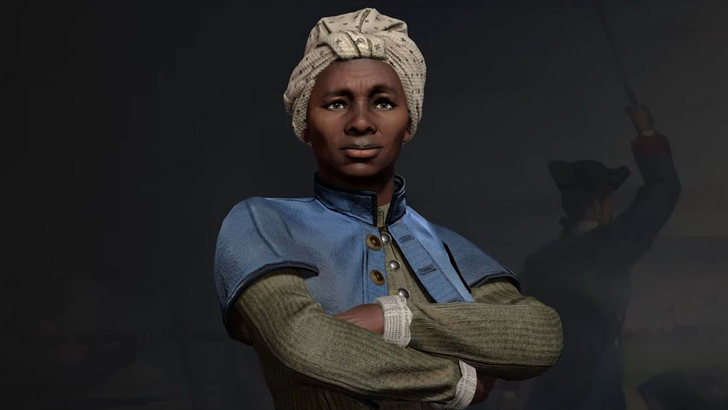
Civilization's leaders are as iconic as the civilizations they represent, but how Firaxis selects these leaders has evolved significantly over the years. In this article, we delve into the roster of Civilization VII and explore how it redefines the concept of leadership.
← Return to Sid Meier's Civilization VII main article
Civ VII Redefines What it Means to Be a Leader
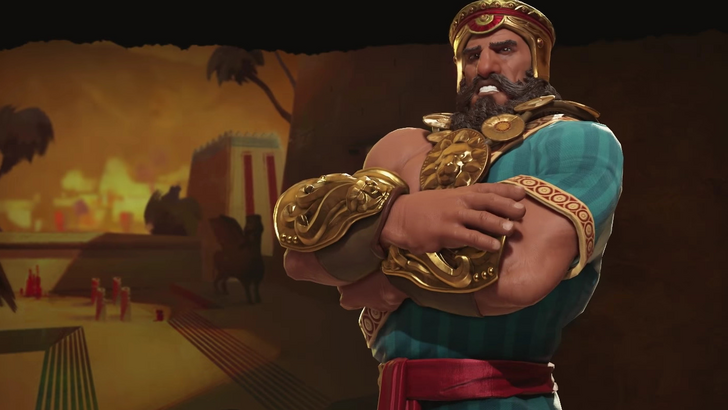
Leaders have been integral to the Civilization series since its inception, embodying the essence of each civilization and influencing gameplay. From the first game to the latest installment, leaders have been as diverse as the nations they represent, evolving and adapting with each new release. Every iteration has brought innovations to their design, refining the notion of leadership and its impact on the game.
Join me as we explore the history of Civilization’s leadership, examining how the roster has evolved, what changes each game introduced, and how Civilization VII redefines leadership with its innovative lineup.
Old Civ Was a Superpowers Club Only
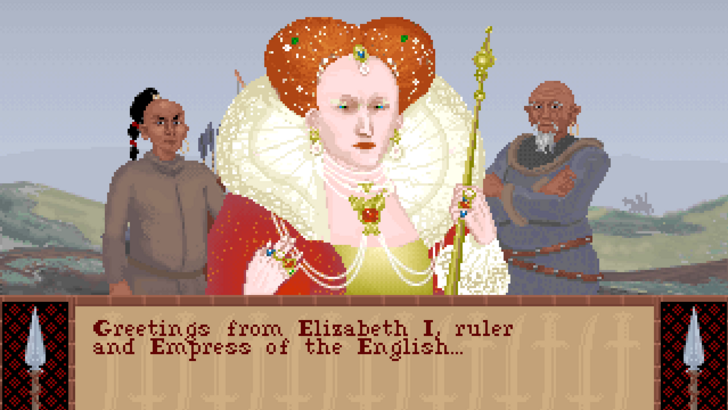
Sid Meier's original Civilization game featured a modest roster compared to later entries. It focused on major global powers of the early '90s and historical antiquity, with leaders who were typically heads of state. The game included 15 civilizations, such as America, Rome, Greece, Japan, China, France, Egypt, and Russia, each represented by well-known historical figures like Abraham Lincoln, Tokugawa Ieyasu, Mahatma Gandhi, and Julius Caesar. The selection process favored widely recognized leaders, with Elizabeth I being the only female leader at the time. This approach was straightforward and reflective of the era, but change was on the horizon.
Civs 2 Through 5 Increase Diversity and Creativity in Increments
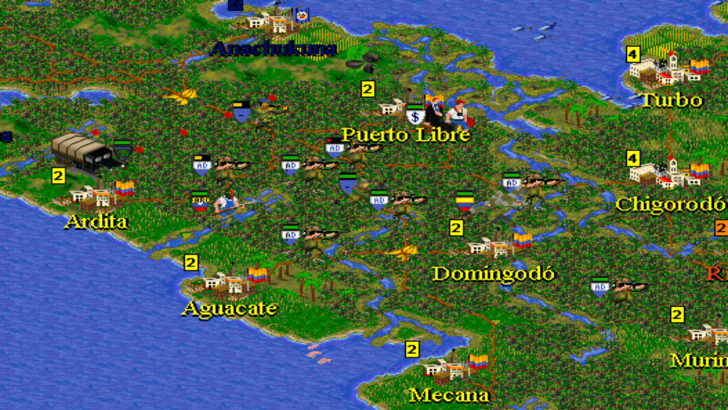
With Civilization II, the series began to expand its roster and introduce more civilizations, including lesser-known powers like the Sioux and additional superpowers like Spain. A significant innovation was the introduction of a dedicated alternative roster for female leaders, allowing players to choose between male and female leaders for each civilization. The concept of leadership also broadened to include figures pivotal to their civilization's identity, such as Sacagawea for the Sioux and Amaterasu for Japan.
Civilization III integrated more female leaders directly into the base game, with figures like Joan of Arc and Catherine the Great replacing their male counterparts. By the time Civilization IV and V arrived, the roster had grown significantly, and the definition of leadership expanded to include revolutionaries, generals, reformists, and consorts. Traditional leaders were often replaced or supplemented by new figures, such as Wu Zetian in China and both Victoria I and Elizabeth I in England.
Civ 6 is When The Roster Starts to Get Spicy
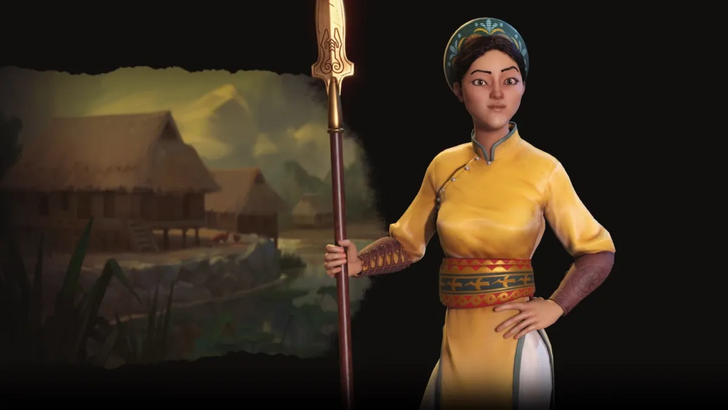
Civilization VI marked a turning point with its focus on characterization, diversity, and creativity. Leaders were depicted as animated caricatures, and the introduction of Leader Personas allowed for alternative versions of leaders that highlighted different aspects of their rule, offering varied playstyles. The roster expanded to include lesser-known heroes from smaller civilizations, such as Lautaro of the Mapuche and Bà Triệu of Vietnam. Queen Gorgo of Sparta and Pericles of Greece showcased different leadership styles within the same civilization.
Leaders were now defined by specific chapters of their lives, a concept that set the stage for Civilization VII. Eleanor of Aquitaine could lead either France or England, while Kublai Khan could rule the Mongols or China. Multiple leader options for civilizations, such as America under Abraham Lincoln or Theodore Roosevelt, and China under Qin Shi Huang, Wu Zetian, or Yongle, added further diversity. Leader Personas for figures like Catherine de Medici and Theodore Roosevelt introduced subtle yet impactful variations in gameplay.
Civ 7 Forgoes Series Staples for Fresh Faces and Unique Leaders
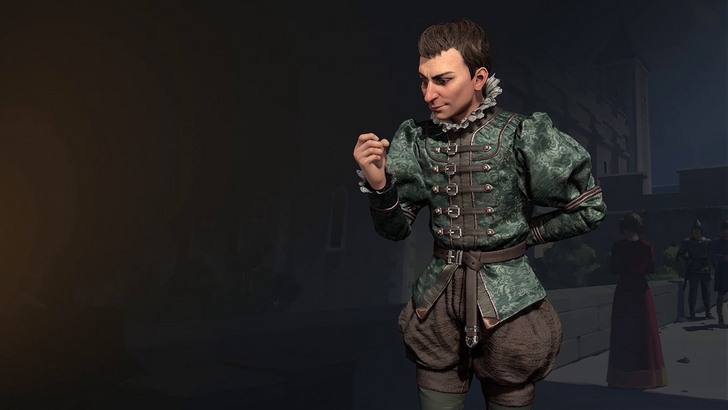
Civilization VII represents the pinnacle of Firaxis' innovative approach to leadership selection. It features the most diverse and creative roster yet, with unconventional leaders, multiple personas, and leaders tailored to different playstyles. The game's mix-and-match approach allows lesser-known figures to shine, such as Harriet Tubman, who embodies the spymaster role with her Underground Railroad. Other notable additions include Niccolò Machiavelli, representing self-serving diplomacy, and José Rizal of the Philippines, focusing on diplomacy and narrative events.
Over nearly 30 years, Civilization has evolved from focusing on superpowers to a rich tapestry of diverse and imaginative leaders, each contributing to the narrative of humanity. The concept of leadership has transformed dramatically, yet its importance remains constant. As we look to future installments like Civilization VIII, we may see even more contemporary leaders, but for now, Civilization VII's roster is a testament to the series' enduring legacy.
← Return to Sid Meier's Civilization VII main article
Sid Meier's Civilization VII Similar Games

 Home
Home  Navigation
Navigation






 Latest Articles
Latest Articles
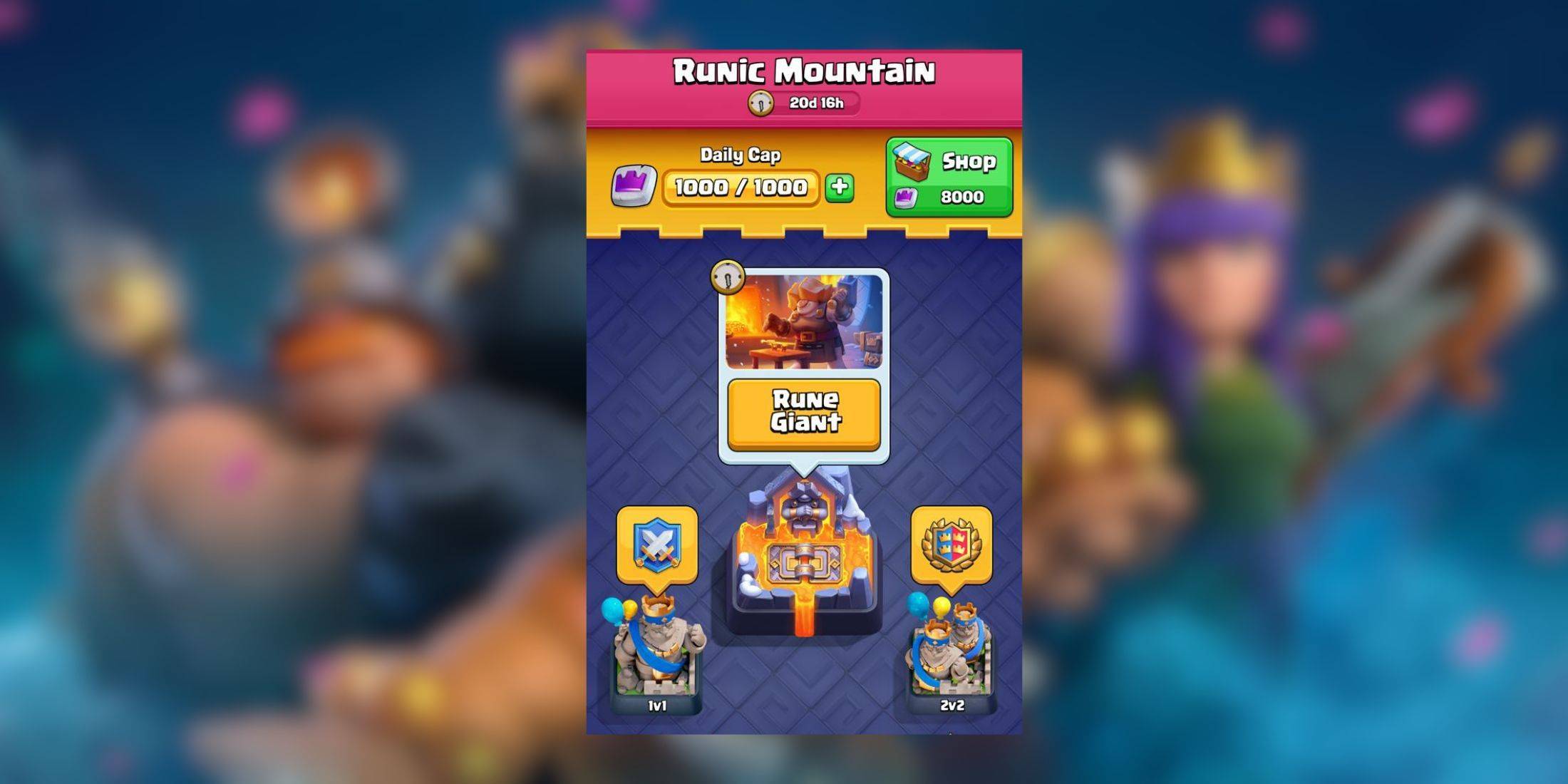








 Latest Games
Latest Games












